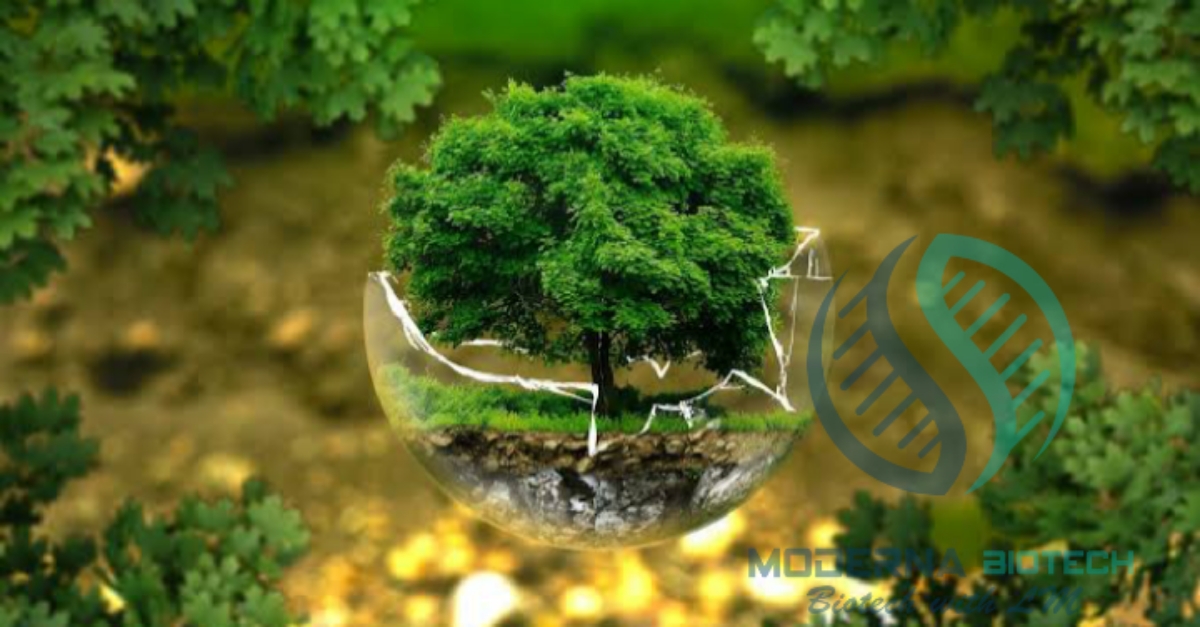How is conservation related to biodiversity?

In the modern world, the need for conservation is increasing day by day. We need conservation to protect wildlife and protecting resources and species. The conservation of biodiversity employs the preservation, protection, and management of ecosystems as well as natural habitats. The purpose of biodiversity conservation is to protect and preserve species and ensure that they are healthy and functional. This is how conservation is related to biodiversity.
Table of Contents
How is conservation related to biodiversity?
What is conservation?
Conservation is mainly defined as the protection of resources so they can persist for future generations. It generally includes the protection of biodiversity, ecosystem, species, and genes.
Conservation can be of any type like resource conservation, water conservation, soil conservation, gene conservation, species conservation, wildlife conservation, energy conservation, and many more.
What is water conservation?
Water conservation:
Water conservation is the cautious use and preservation of water supply. It comprises both the quantity and quality of water used. Water is an essential benefit for the nourishment of all life. Water conservation is the fundamental demand for all activities ranges from local users to the agricultural industry.
What is soil conservation?
Soil conservation:
Soil conservation is the avoiding of soil loss from destruction or reduced fertility caused by over usage, acidification, salinization, or other chemical soil pollution.
What are the methods of soil conservation?
Methods of Soil Conservation:-
- Terrace farming
- Buffer strip
- Crop rotation
- Forest protect
- Afforestation
- Mulching
- No-till farming

What is a conservationist or who is a conservationist?
A conservationist is a person or individual who promotes the protection and preservation of wildlife and the environment.
He is a member of the conservation movement or he is a scientist who is working in the field of conservation biology.
What is ex-situ conservation?
Ex-situ conservation involves placing threatened animals and plants in special unit care for their protection.
It helps in recovering the population or prevent their extinctions under stimulated conditions.
The purpose of ex-situ conservation is to safeguard the population or individuals that are in danger of physical danger.
What is in-situ conservation?
In situ conservation involves the protection of endangered species in their natural habitat. It helps in recovering the population in their surroundings.
What are the examples/types of ex-situ conservation?
The examples and types of ex-situ conservation are
- Seed gene bank
- Botanical garden
- Zoological parks
What are the examples/types of in-situ conservation?
The most common examples of types of in situ conservation are
- National parks
- Biosphere reserves
- Gene sanctuaries
What are the advantages/benefits of Ex-situ conservation?
Merits of ex-situ conservation:
- In the process of ex-situ conservation, organisms are completely sheltered from predation and stealing
- Here, the health of individuals can be monitored and medical aid is given as required
- Populations can be more efficiently managed and divided if disaster strikes
- In the process of ex-situ conservation, we can measure the genetic diversity of the population
- Here, conservation spots can be used for education

What are the de-merits or advantages/risks of ex-situ conservation?
De-merits of ex-situ conservation:
- In ex-situ conservation, captive populations have partial genetic diversity
- Animals can be open to a wide range of dissimilar diseases
- Here, the organisms are living outside of their natural habitat
- Nutritional concerns may arise
- It is expensive to maintain
What are the Merits or advantages/benefits of in-situ conservation?
Merits of in-situ conservation:
- In-situ conservation is a convenient and inexpensive way of conserving biological diversity.
- It lets species live in the environment to which they are adapted
- It maintains the animal’s normal behavior
- Holding the natural environment prevents its eventual loss and makes sure that it remains accessible for other endangered species
- Such regions offer a place to return animals from breeding programs as they deliver realistic conditions for analysis
- Reserves in diverse areas can share information and give a place for scientific study and evolving public awareness

What are the demerits or disadvantages/risks of in-situ conservation?
De-merits of in-situ conservation:
• The disadvantages of in situ conservation are taken by a lack of complete control over the several factors which affect the survival of individuals and so the genetic makeup of the preserved population.
Why ex-situ conservation is important?
Ex-situ conservation is important because it protects populations or individuals that are in the protection of physical danger when protection from in-situ conservation is not possible.
It ensures a readily available and continuous supply of reproductive material
It allows the commercial improvement of species through breeding activities and the supply of genetically improved material.





Wow amazing content about biodiversity conservation
thanks for your appreciation 🙂
what is industrial cbd oil
Has anyone ever shopped at Liberty Vapors? xx